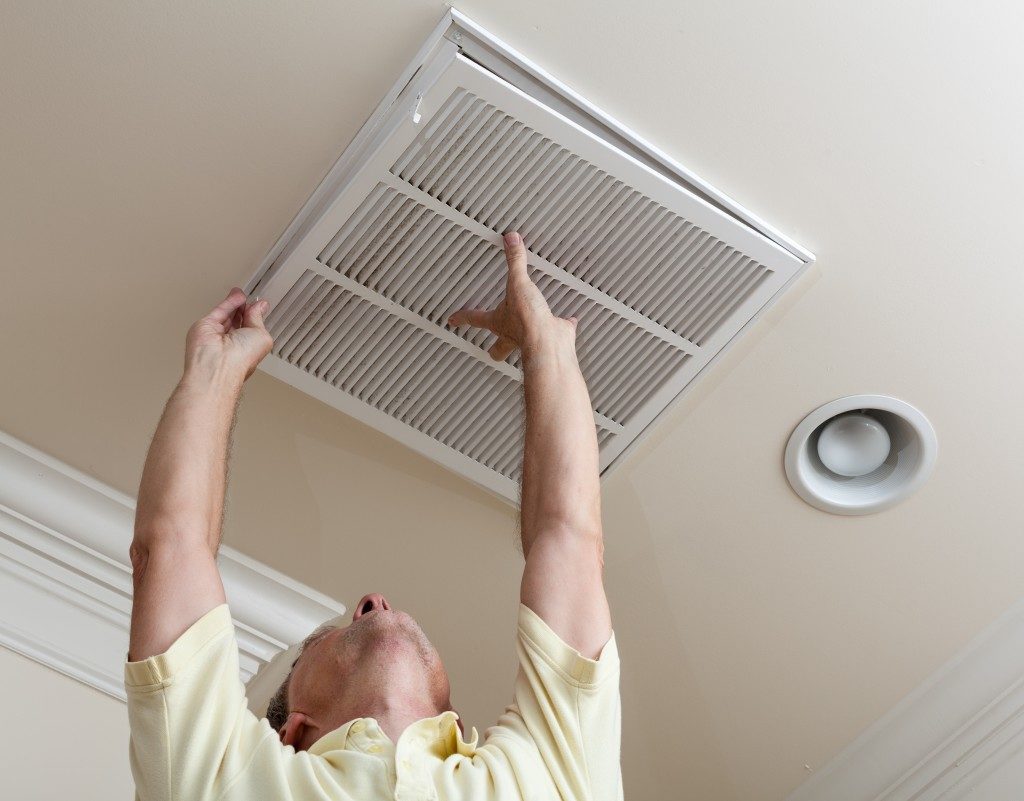The quality of the air we breathe determines the state of our health. Scented air freshener is not a solution to indoor air pollution. A home ventilation expert in NZ will argue that the scent itself will pollute the air you wish to clean, particularly if the product contained harmful compounds. Worldwide, about 3.3 million deaths are associated with air pollution annually.
Indoor versus outdoor air pollution
These days, homes and offices imbue all sorts of policies, procedures, and equipment in the effort to improve indoor air quality. Perhaps the reality is already sinking in—that the air within confined spaces can be more polluted than the air outside. Government agencies and private organizations have stated this alarming fact repeatedly as campaigns to improve indoor air quality spread around the world.
A boost in indoor air quality — a burgeoning necessity
Most of us spend more time indoors than outdoors. Since the indoor air is exceedingly becoming more polluted, we have to be more aware of the importance of improving the quality of the air we breathe both at home and in the office. The level of indoor pollutants affects not only our health but also our level of comfort. In an office, poor indoor air quality could have a huge impact on productivity.
The risk for illnesses, particularly that of the respiratory system, increases with the level of indoor pollutants. We can actually smell the presence of certain contaminants, such as strong odors and the smell of damp. Some contaminants announce themselves with a response from the body such as sneezing or allergic reactions.
Sources of indoor pollution
Dust is a common culprit, but there are other sources of indoor pollution that escape your attention. Building materials and furnishings are important sources of pollutants. Malfunctioning equipment could release unpleasant odors, such as printers and copy machines. House plants, which are supposed to be good sources of oxygen, can be harboring dust if kept indoors for long periods without proper care. Activities such as smoking, renovation, cleaning, and fumigation release contaminants into the air. Generally, typical sources of indoor contaminants include dust, cosmetics, pollen, pets, cleaning chemicals, volatile organic compounds, spores, and airborne microorganisms.
Numerous interlacing and complex factors determine the quality of the air we breathe at any one time. Aside from sources of pollution and contaminants, the physical characteristics of the air (temperature and humidity) contribute to the air quality. The status of the ventilation systems and levels of moisture influence the air quality as well.
Strategies to control the quality of indoor air

Managing sources of pollutants is only one of the strategies you can implement at home or in the office. You can remove them or isolate them to decrease the release of harmful elements in the air. Open windows once in a while to let in the fresh air and allow air to circulate. Another strategy is the consistent removal of contaminants with an effective and well-maintained ventilation system. A third strategy is to invest in filtration devices to remove contaminants from the air.
These days, it may not be enough to keep the house and office clean. Consider implementing measures that will improve the indoor air quality in the spaces you live and work in!

